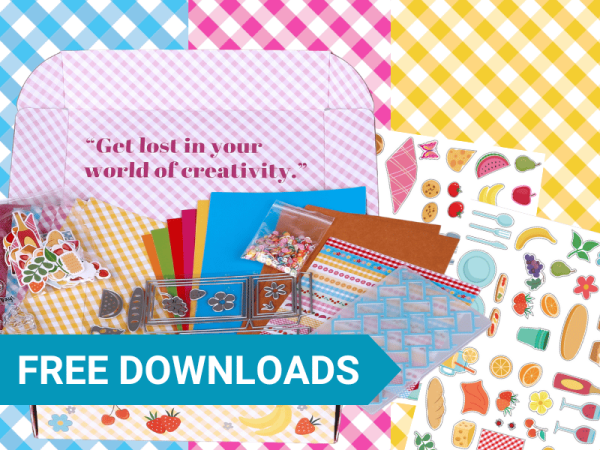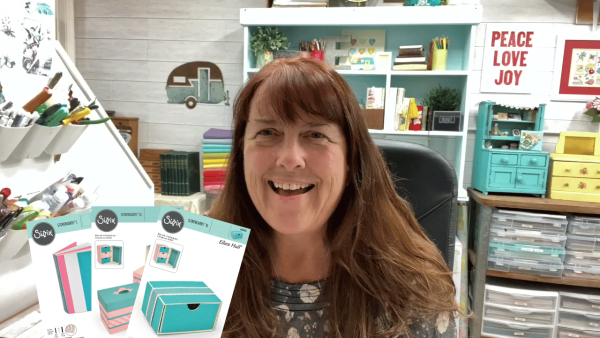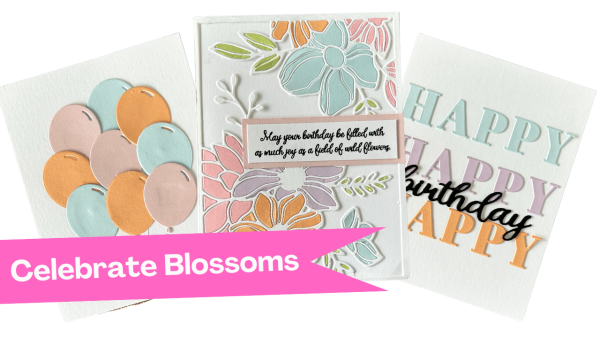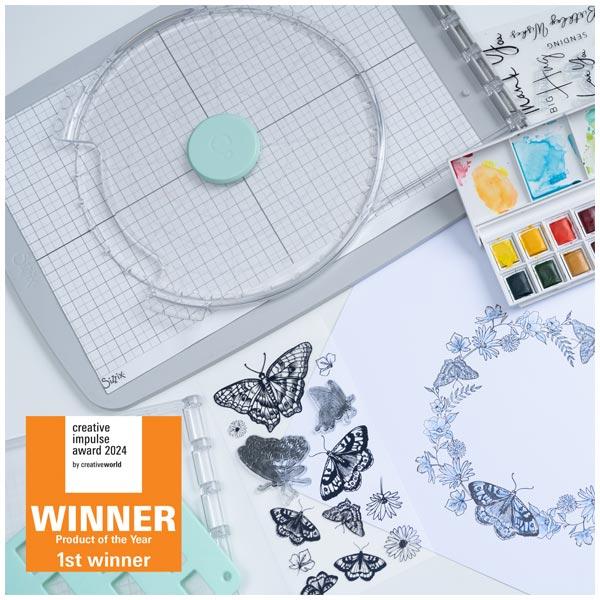Avoid These 3 Beginner Gel Plate Printing MISTAKES!
Have you wondered what you might be doing wrong with gel plate printing? We'll discuss the 3 most common errors when it comes to gel plates! Scroll down for the full video on our YouTube!
Shop gel plates and brayers here!

If you've recently started gel plate printing, you might have encountered some frustrating issues - paint pooling on the surface, paper sticking to the gel plate, or your prints not turning out quite as expected. But don't worry - you're not alone! Gel plate printing is a fantastic technique, but beginners often make some common mistakes that can hinder their progress.
Mistake #1:
Using a New Gel Plate One of the most frequently asked questions by beginners is why their prints don't look like the ones they've seen in tutorials. The answer often lies in the gel plate itself. When you purchase a new gel plate, it comes clear, shiny, and perfectly clean. However, this pristine surface can initially be resistant to your paint.
To overcome this issue, you need to "prime" your gel plate. Priming involves using the plate repeatedly, applying paint, brayering it, pulling it off, and repeating the process multiple times. Avoid washing the plate with alcohol-based solvents or cleaners, as this can damage its surface. Over time, as your gel plate accumulates layers of paint and texture, it will yield better results!

Mistake #2:
Using Inappropriate Paper Types Another common mistake in gel plate printing is using the wrong type of paper. Some beginners find that their paper sticks to the gel plate, ruining their prints. This problem typically occurs when the paint dries or soaks into the paper too quickly.
To prevent paper from sticking, make sure you use a paper that doesn't readily absorb moisture. Inexpensive copy paper, like the type you would use in office printers, is often too thin and fibrous. It tends to soak up paint quickly, causing the paper to disintegrate. Instead, opt for smoother, higher-quality papers. Thicker papers, like cardstock or watercolour paper, are also excellent choices, as they can handle moisture without falling apart.

Mistake #3:
Using the Wrong Medium Choosing the right paint medium can impact your gel plate printing. While you can use various acrylic paints for this technique, some beginners find that certain paints dry too quickly, making it challenging to work with them effectively.
A great alternative to traditional acrylic paints is distress oxides. These inks offer several advantages, including a slower drying time, water-reactive properties, and vibrant pigments. Distress oxides allow you to experiment with techniques like water spritzing and layering, providing more flexibility and creative possibilities.

Gel plate printing offers endless creative opportunities. As a beginner, it's essential to be aware of common mistakes and how to avoid them. Remember to prime your gel plate by using it regularly, choose the right paper that won't absorb paint too quickly, and consider experimenting with distress oxides. With practice and patience, you'll be creating stunning gel plate prints in no time. Happy printing!








